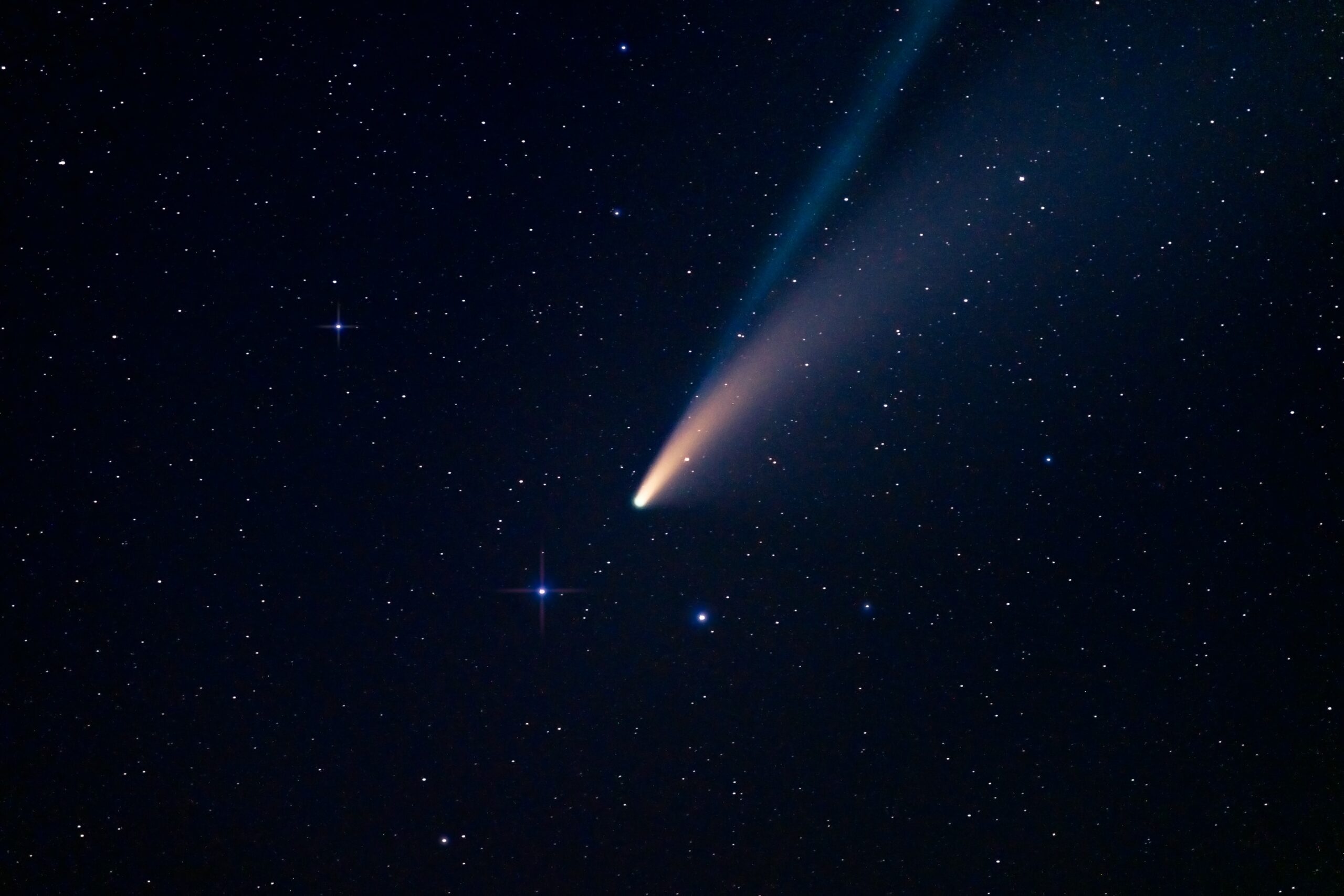Get Ready for a Celestial Show: Bright Comet C/2023 A3 (Tsuchinshan-ATLAS) to Light Up Night Skies in 2024
A bright comet called C/2023 A3 (Tsuchinshan-ATLAS) has recently been discovered by astronomers and is expected to be visible in the night sky in 2024. This exciting news has sparked interest among astronomy enthusiasts and casual stargazers alike.
Comets are celestial bodies of ice, dust, and other materials. As they approach the sun, the ice in the comet vaporizes, creating a bright coma or atmosphere around the comet. This can result in a spectacular display of light and color, making comets a popular sight for skywatchers.
The ATLAS1 telescope discovered C/2023 A3 (Tsuchinshan-ATLAS) on January 9, 2023. The comet is currently located in the outer solar system, beyond the orbit of Jupiter. As it approaches the sun, it is expected to become brighter and more visible from Earth.
According to astronomers, the best time to view C/2023 A3 (Tsuchinshan-ATLAS) will be in late 2024, when it makes its closest approach to Earth. At this time, the comet will be visible in the night sky without needing a telescope or binoculars. The exact date and location of the comet’s appearance are still uncertain, as its trajectory could change as it gets closer to the sun.
Comet C/2023 A3 (Tsuchinshan-ATLAS) path for 2024 ☄️
Learn more about the comet: https://t.co/yk4N6TNXyX pic.twitter.com/E7DEghc9UM— Star Walk (@StarWalk) March 10, 2023
To increase your chances of seeing the comet, finding a dark location away from city lights is recommended. Look towards the horizon toward the sun’s setting, as the comet will likely appear in the western sky after sunset. Binoculars or a telescope may also enhance the viewing experience.
While comets are a rare and exciting sight, they also serve as valuable objects of study for astronomers. By studying the composition and behavior of comets, scientists can learn more about the formation and evolution of the solar system.
The discovery of C/2023 A3 (Tsuchinshan-ATLAS) has sparked excitement among astronomy enthusiasts and casual stargazers. While its appearance in the night sky is still uncertain, it is expected to be visible in late 2024.
































